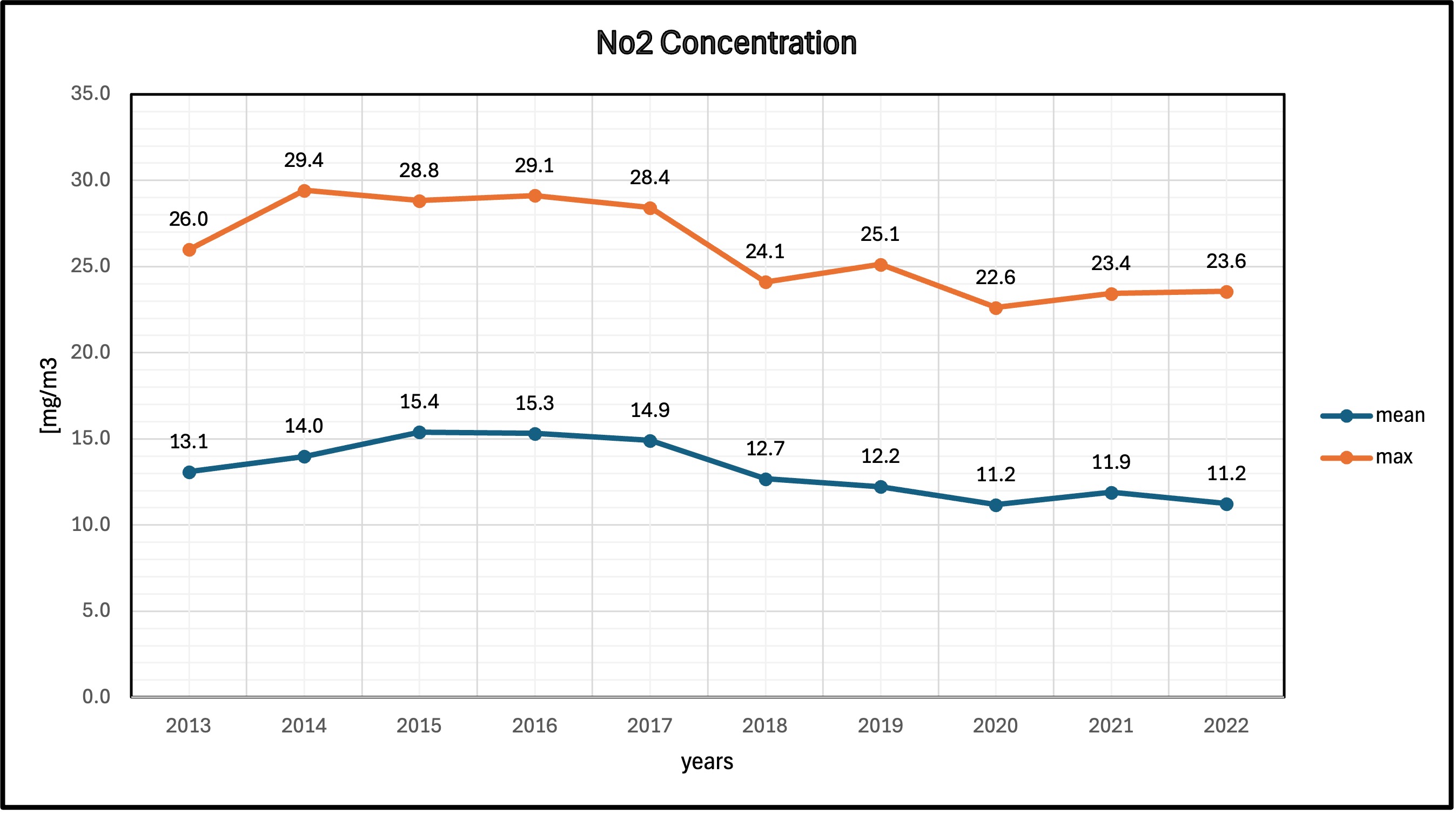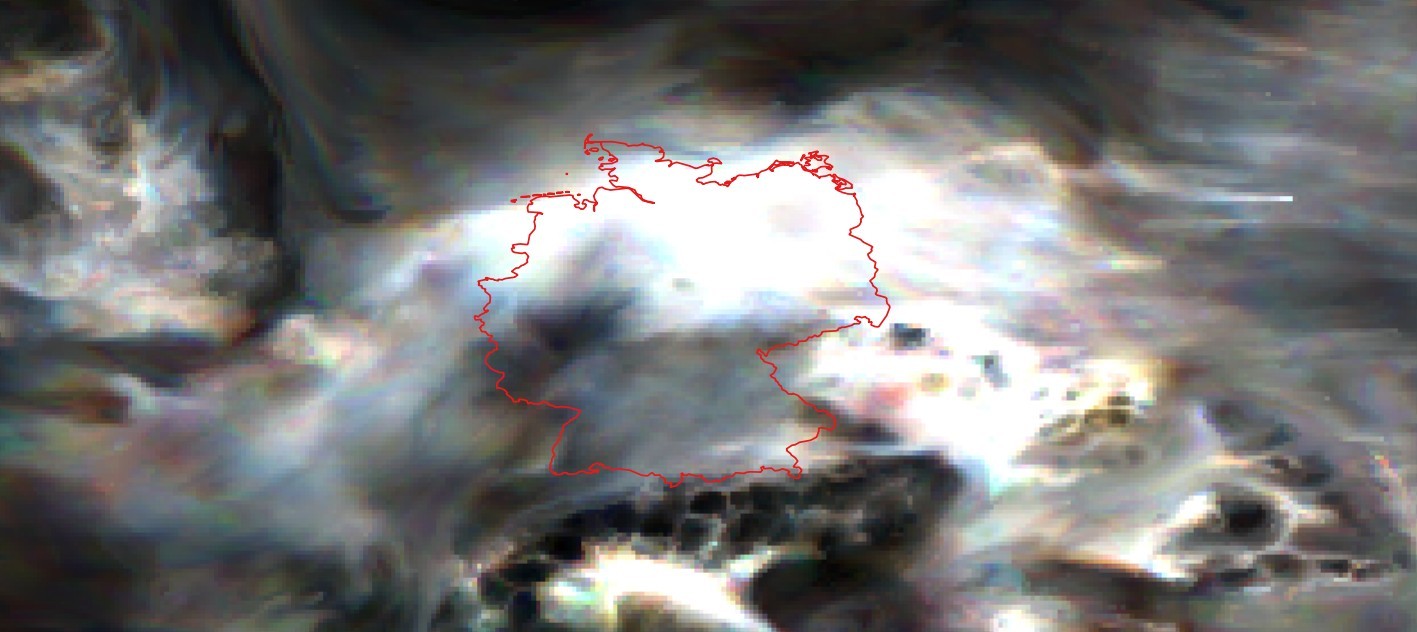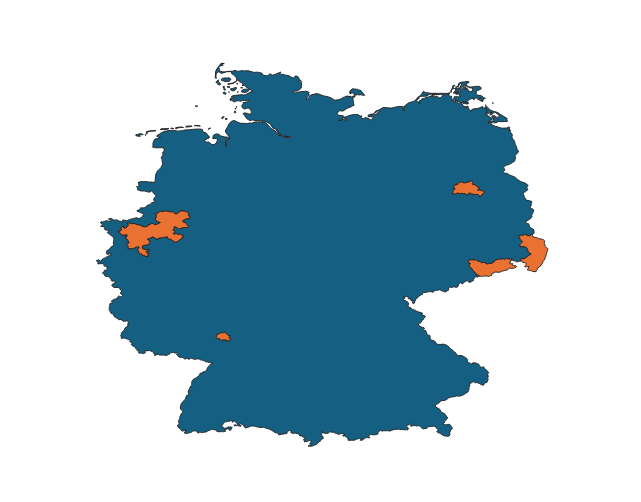Nitrogen Dioxide (NO₂)
Primary air pollutant mainly from vehicle emissions and industrial activities. NO₂ contributes to respiratory problems and is a precursor to ground-level ozone formation. Our analysis covers concentration patterns, land cover correlations, and population exposure across the study area.




